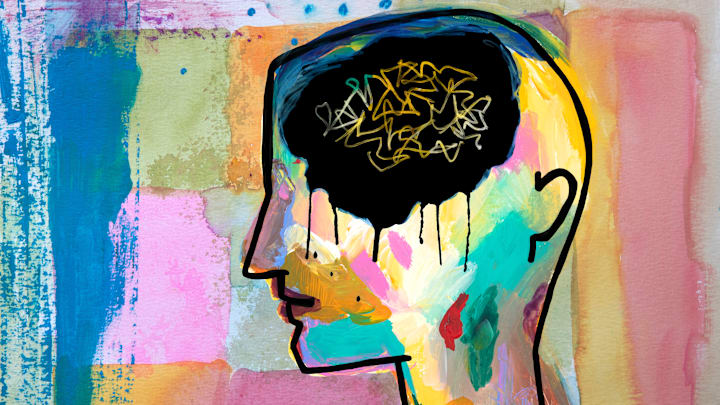When most people are asked to imagine an object, like a cat, they’ll have no problem conjuring a distinct picture in their minds. But there are some people who simply cannot form such mental images. They have a condition known as aphantasia, or “mind blindness”—it’s rare, and only affects about 4 percent of the general population.
According to Verywell Mind, mind blindness was first described in the late 19th century by Francis Galton—but the term aphantasia wasn’t coined until a 2015 study. The authors of the study, who examined over 21 people with the characteristic, based the name on the Greek word phantasia, meaning “imagination.”
The causes of the phenomenon generally remain a mystery, there are some theories surrounding it. So far, scientists believe that aphantasia can be congenital (a birth trait) or acquired (formed later in life). Some evidence suggests that congenital aphantasia may be a characteristic that runs in a family. According to the Cleveland Clinic, those with the characteristic are a lot more likely to have a relative with the same trait. Some researchers also view congenital aphantasia as a type of neurodiversity, a term that acknowledges the differences in people’s brain functions. In fact, those with mind blindness are more likely to show symptoms of the neurodivergent condition autism.
Researchers have also traced a few acquired aphantasia cases back to injuries or illnesses that impact the brain. Head trauma, stroke, and drug use without a prescription are a few events that can cause acquired aphantasia. Damage to the occipital lobe, or the part of the brain that helps process what you see, can also trigger acquired aphantasia. Certain mental illnesses, such as mood or dissociative disorders, might cause aphantasia as well.
As Quanta Magazine reported, studies also found that those with aphantasia usually had weaker autobiographical memories, but had stronger visual cortexes than those without the condition. Such activity in the cortex could block the signals needed to form mental images. As a result, some may see glimpses of pictures in their minds, while others don‘t see anything at all. That said, Paolo Bartolomeo, a neurologist at the Paris Brain Institute, explained that those with the condition can still recognize faces and objects even though they can‘t visualize them. Most can even see images in their dreams—they just have trouble accessing the visual information when they want.
Read More About Health:
